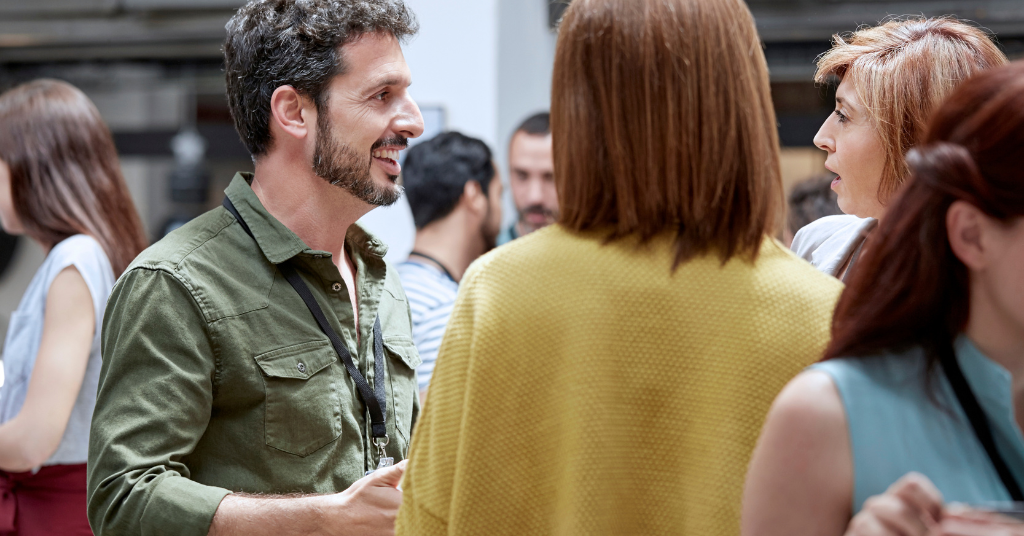
Enjoy summer with waterproof hearing aids
June 24, 2022
Xbox launches ASL channel on Twitch
July 1, 2022Woman makes dolls with hearing aids to inspire children

Growing up, it’s important for children to feel included and recognize similarities in themselves and others. Children with hearing loss can sometimes feel different, especially when they wear hearing aids and their friends don’t. Dolls with hearing aids are becoming more popular, as brands such as Barbie, American Girl Dolls and Lego have all added dolls and figures with hearing aids in the recent years.
However, finding dolls with hearing aids still isn’t easy, especially if the hearing aids are meant to look realistic. One woman, however, is changing that, by custom making hearing aids for dolls and soft toys for deaf children.
Inspiration for Dolls with Hearing Aids

“I gave it some thought and concluded that the child could not understand why she had to wear them as she didn’t see anybody else around her doing that,” Vandebosch said. “She must have felt quite lonely with her difference. I thought then that if at least her best friend (her favorite doll) were just like her, she may accept them more easily.”
“…I thought then that if at least her best friend (her favorite doll) were just like her, she may accept them more easily.”
Vandebosch had dummy hearing aids – usually intended for display purposes in hearing care centers. She suggested the mother use them. The mother adapted them for the doll, and it worked. Now Vandebosch creates hearing aids for dolls that resemble the child’s own device, or devices as close as possible. These dummies come from old stock no longer in use from hearing aid technicians and manufacturers, such as Phonak and Advanced Bionics. A Belgian 3D printing company called Round 3D also donates models of hearing technology to her cause.
Read more: Toy Like Me: Changing disability stereotypes one toy at a time
Making Hearing Aids for Dolls

Since the dummies are often gray or other typical “adult” colors, Vandebosch sometimes colors them with nail varnish. Thus, she ensures the color of the doll’s hearing aid is as similar as possible to the child’s.
So far 840 hearing aids for dolls have been sent to 17 countries worldwide. Once the item arrives, all that has to be done is affix it to the doll or soft toy. This can be done with glue, Velcro or a magnet, depending on how the toy or dolls are used and the child’s age. Children often take their doll to school, allowing the teacher to use it as an opportunity to explain hearing loss to the class.
Read more: These Power Point Presentations Make it Easy to Explain Hearing Loss at School
“Children are no longer looked at strangely when one can see and touch, one is less fearful,” Vandebosch said. “These aids become [like] the ‘glasses’ of the ears, becoming more mainstream.”
“These aids become [like] the ‘glasses’ of the ears, becoming more mainstream.”
Vandebosch’s ultimate goal would be for each kindergarten school to have a doll with a hearing aid. If children see something like this from early childhood on, it becomes more familiar. She likens it to being like animals.
“If you do not mind the comparative, if a dog sees (regularly) a cat within the three first months of its life, cats then become part of its world,” she said.
Read more: Barbie now has hearing aids!
A “Heart to Heart Story”
While not being an officially registered charity, Deaf Dolls has attracted the attention of psychologists at the hearing center of Necker hospital Paris, who have bought dolls to put hearing aids on, convinced of the support this will give children. Vandebosch does not get paid for this work and she often covers the postal charges. Her employer Lapperre – the No. 1 reference for hearing solutions in Belgium and a Phonak sister company – supports her cause by covering costs in Belgium. Since Vandebosch lives near France, she can mail from that country for French families. Her friends have also donated funds to help cover costs of mailing to Europe and other parts of the world.

Vandebosch’s dolls with hearing aids is a story that keeps growing. With the donated 3D cochlear implants, friends who manage her website and cover the cost of business cards, and parents who find and donate dummy hearing aids, she has a lot of support. Even the famous and multi-talented Belgian cartoonist Philippe Geluck creator of Le Cat donated a drawing to help with promotion.
“So as you see, a minimum of my out of pocket money goes into this endeavor,” she said. “In return, I receive local gifts or children’s drawings. So I guess one could say my dolls are indeed a form of charity.”
She even has a number of dolls with hearing aids named “Anne” in her honor.



